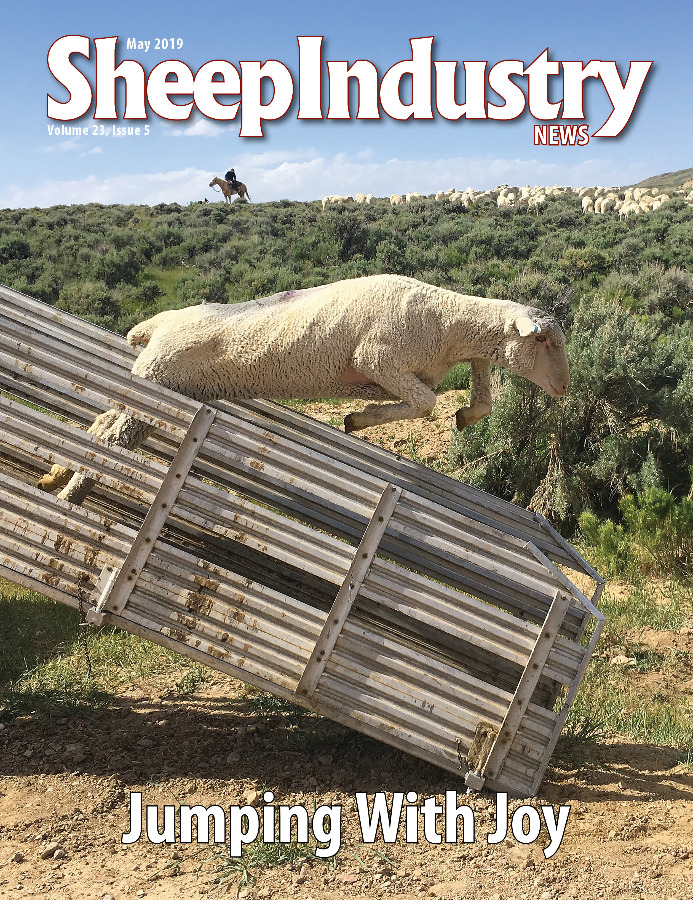JULIE STEPANEK SHIFLETT, PH.D.
Juniper Economic Consulting
The hair sheep market is becoming more developed, more organized and embraced by larger Texas sheep producers.
Hair lambs arriving at the San Angelo auction are arriving in larger lots and by the truckload. The volume is good, but more importantly, the larger lot are uniform lambs – the same weight and conformation. When these same lambs hit the sale ring in New Holland, Penn., buyers’ interest is peaked.
With Easter approaching, Producers Livestock Auction in San Angelo, Texas, sold more than 5,600 hair sheep in one week – about 15 percent of weekly commercial sheep slaughter. New Holland (Penn.) Sales Stable held a weekly sale of more than 3,700 head.
It is that time of year when the non-traditional market becomes more visible. In general, Easter is an important sale for the ethnic lamb trade, but the end of Ramadan – in mid-June – and Eid ul-Adha – the Festival of Sacrifice in August – are even more important sales for the non-traditional market.
According to the American Lamb Board, minority populations eat more than 50 percent of total American lamb consumption (4/2019). It is anticipated that once commercial retail and foodservice markets incorporate more lighter-weight (or hair) lambs, the non-traditional market will contract.
Roughly 50 to 60 percent of lambs sold in San Angelo are shipped to the New Holland auction, with Houston being another important market. Marketing at San Angelo has changed in recent years with more and more hair sheep traded and fewer wooled sheep.
After the 2011 drought in Texas, many producers went out of business or switched from wooled lambs or goats into hair sheep. In 2012, the inventory of Texas ewes dropped 18 percent to 425,000 head; however, ewe count expanded by 7 percent to January 2019.
In 2018, more than 700,000 head of lambs were estimated in the non-traditional market. These lambs are processed outside federal and state inspected facilities, but also in inspected packing plants that fall below the threshold for reporting.
In early April, 91 to 109 lbs. lambs received $136.20 per cwt. in San Angelo. In New Holland, 90 to 110 lbs. highest-quality lambs received $220 to $274 per cwt. At the New Holland auction, the percent of hair versus wool breeds is about 50-50 according to a U.S. Department of Agriculture Agricultural Marketing Service reporter. Prices for slaughter lambs in non-traditional markets are subject to the auction volume for the week, the number of buyers present and quality offered.


